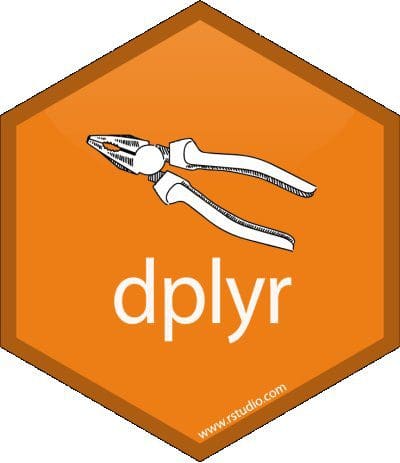
This Oracle tutorial explains how to use the Oracle HAVING clause with syntax and examples. The Oracle HAVING clause is used in combination with the GROUP BY clause to restrict the groups of returned rows to only those whose the condition is TRUE. The HAVING clause is applied to each group of the grouped table, much as a WHERE clause is. Oracle GROUP BY HAVING can be used in conjunction with other logical functions such as MIN, MAX, COUNT, and SUM. SQL MAX() with HAVING , WHERE, IN: How SQL HAVING CLAUSE can be used instead of where clause along with the SQL MAX function to find the maximum value of a column over each group and how SQL in operator can perform with max function.
Setup a private space for you and your coworkers to ask questions and share information. This help is based on examples so it would be easier to understand. In diesem Oracle -Lernprogramm wird die Verwendung der Oracle -Klausel HAVING mit Syntax und Beispielen erläutert. Beschreibung Die Oracle - HAVING -Klausel wird in. Basic Group By: GROUP BY is used in conjunction with.
SQL statements can utilize both a WHERE. Die Oracle Schulung zum Thema Verschachtelte SQL -Select-Abfragen mit Oracle Um komplexere Abfragen zu erstellen, kann es notwendig sein, in der Bedingung Abfragen zu verschachteln. In this tutorial, you will learn how to use SQL HAVING clause to filter groups of rows based on a specified condition. This enhancement is discussed here. La condition HAVING en SQL est presque similaire à WHERE à la seule différence que HAVING permet de filtrer en utilisant des fonctions telles que SUM(), COUNT.
Visit regularly to learn Oracle step by step with the help of Oracle tutorials. Melanie Caffrey is a senior development manager at Oracle. Oracle Database 19c for Windows has just been released. Need a hand getting up and running? Here is a walkthrough of the software installation, and here is how to get your first da.
Aggregate functions are functions that allow you to view a single piece of data from multiple pieces of data. Most functions in Oracle operate on a single row or single record – such as DECODE or LENGTH. ALL, ANY and SOME Comparison Conditions in SQL It is quite possible you could work with Oracle databases for many years and never come across the ALL , ANY and SOME comparison conditions in SQL because there are alternatives to them that are used more regularly. Das einfache SQL -Statement wird mittels der Aggregatfunktion Count erweitert und zählt bzw.
Anzahl der Datensätze (Spalte2) um die erste Spalte. Des Weiteren werden mit der HAVING -Funktion nur die Datensätze angezeigt, die mehr als einmal in der Ergebnismenge ermittelt wurden. The HAVING Clause enables you to specify conditions that filter which group appear in the.
The WHERE clause places conditions on the selected columns, whereas the HAVING clause places conditions on groups created by the GROUP BY clause. On Oracle , however, such a query was, until 12c, quite a nuisance. Using an or operator in having clause.

Statisches und dynamisches SQL. Having -Klausel ist wie die Where-Klausel,. Unabhängig von der verwendeten Programmiertechnik wird zwischen statischem und dynamischem SQL unterschieden. SQL 中增加 HAVING 子句原因是,WHERE 关键字无法与合计函数一起使用。 SQL HAVING 语法 SELECT column_name, aggregate_function.
This is similar to WHERE condition but is used with group functions. It is called an Integrated Development Environment or IDE that allows cutting down the hassle. Oracle SQL Developer is a software that programmers will surely love.
Unlike Oracle TO_CHAR function that allows you to build any format string using format specifiers (YYYY and MM i.e.), in SQL Server, you have to use a datetime style that defines the format for the entire datetime string. Anbei ein einfaches Beispiel für die Demonstation der COUNT()-Syntax in SQL. The Oracle HAVING Clause allows adding more filters to the GROUP BY clause sets. Starting in Oracle9i release there was an incorporation of a subquery factoring utility implemented the SQL -WITH clause. This tutorial is based on examples to be easier to follow.
The WITH clause is a tool for materializing subqueries to save Oracle from having to recompute them multiple times. Параметры или аргументы.
Keine Kommentare:
Kommentar veröffentlichen
Hinweis: Nur ein Mitglied dieses Blogs kann Kommentare posten.